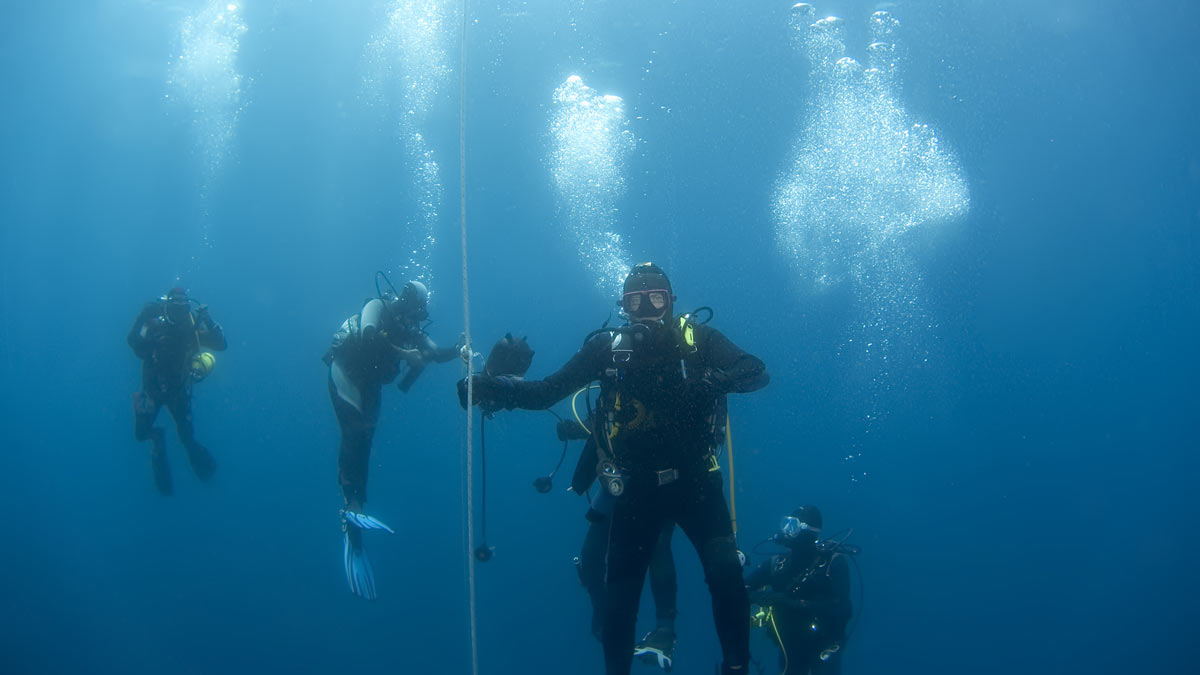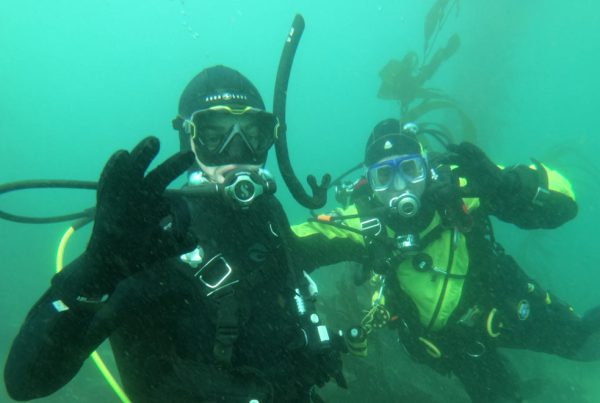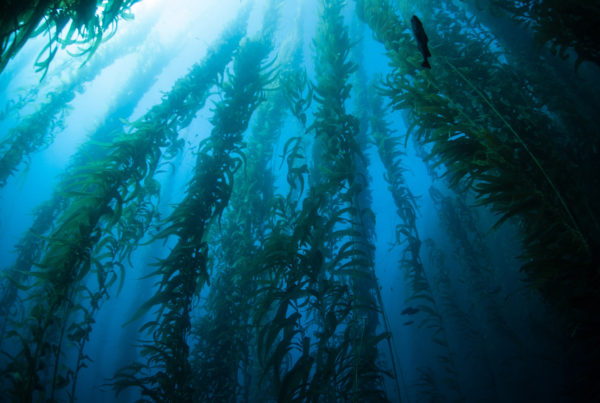We all know how important it is to perform a 15-foot deep “safety stop” at the end of a no-decompression dive, particularly if the dive is deep or subsequent dives on a day of multiple dives. But it is important that your safety stop not be sloppy. A sloppy safety stop is when you are tense, bobbing up and down erratically, and breathing heavy. Your safety stop should be steady, comfortable, and not vary in depth more than a couple of feet. There are a number of ways you can do this, but each has its advantages and disadvantages and specific techniques apply to different situations.
A COUPLE OF KEY POINTS FIRST:
A key point no matter how you do your safety stop is neutral buoyancy. You need to be neutrally buoyant at 15 feet with a tank reading 500 p.s.i. You can get a feel for this over the period of several dives. Start slightly on the negative side. You can always add air to your BC to compensate. But in subsequent dives, eliminate unneeded lead a little at a time until just right.
The most important safety stop skill and method is to be able to hang neutrally buoyant mid-water without hanging on to anything and no reference other than the depth reading on your dive computer.
Another important point is to have enough air remaining in your tank to complete the safety stop without the anxiety of running out of air. You need to be able to finish, not start, your safety stop with 500 p.s.i. in your tank. How much you need to have left in your tank when you leave the bottom is dependent on depth and how hard you have to swim.
TECHNIQUES FOR SAFETY STOPS:
ANCHOR OR MOORING LINE
Following the boat’s anchor line down and back up is simple and direct. It will take you straight to, or at least close to, the dive site. With a bit of navigation skills you can go right back and up. It also has the advantage of being able to better pace your ascent rate. But in heavier seas these lines have the bad habit of not sitting still but rather pitching up and down with the waves as the boat above is tossed to and fro. You could find yourself varying in depth as much five to seven feet. Use this technique only when reasonably calm
DOWN LINE
Rather than anchoring or mooring up directly on a dive site, a technique that you can use is to drop a lightweight down line. This consists of a medium to small buoy with a small line and a small weight at the bottom. It is especially useful for exploratory dives on wrecks or coral reefs where the site needs to be marked for descent but damage to the reef or wreck needs to be minimized. A side benefit is it will give the diver a reference point to ascend and perform a safety stop. But like the mooring or anchor line it will move up and down in the swells. And the line and weight are lightweight so hanging onto the line is not practical.
TUBE WITH WEIGHTED LINE
A tube with a weighted line is a variation on the down line mentioned above but the weight does not reach the bottom but rather only down about 20 feet. Use a high-quality signaling tube (sometimes referred to as a “safety sausage”) with a “D”-ring at the bottom; a lightweight line is attached with a small weight at the other end (a large fishing weight is enough). This is just to hold the line straight down when it is deployed. Once the 15-foot stop is reached, the tube is inflated and deployed to the surface and the line played out. The line with the weight is used as the reference point for the safety stop. This method works well when doing live boat or drift diving. You are able to complete your safety stop without getting run over and the dive boat knows where to pick you up. The disadvantage is you are adrift in the currents and your signally tube could be mistaken as a sign of distress.
FOLLOW THE BOTTOM PROFILE
If you are diving a location that has an area 15 feet or shallower, just follow the bottom up to this level. It has the advantage if you are essentially continuing your dive only at a shallower section. Sightsee on your safety stop! This technique cannot, however, be used in areas when the seas are running high.
USE THE KELP
We have an advantage as California divers–we have natural down lines in kelp. As you ascend, find a sturdy kelp stalk to follow. Once you are close to the safety stop depth grab hold and make your self ever so slightly buoyant and rest comfortably during the pause. But be prepared, sometimes the kelp stalk will break!
Safety stops need not be a struggle and for them to be effective, they shouldn’t be. Neutral buoyancy is the absolute key but a few other methods in your bag of tricks will give you additional options for various diving situations.









